Tech Tip: Crown Face Pulleys
Is There Value?
Many think that a crowned face pulley is a must – but its value to belt training is more myth than reality. A crowned face pulley may be slightly beneficial in centering a belt, but its contribution to overall belt training is minor, says the Conveyor Equipment Manufacturers Association (CEMA). In truth, it is the use of troughed idlers that has the greatest effect on belt centering, not the choice of pulleys.
The Measurements
Crowned face pulleys are most often a taper crowned style where the rotating axis (in the center of the pulley) is larger in diameter. Forming a V-shape, this crown is expressed in inches of crown per foot of total face width, by which the diameter at the center of the face exceeds the diameter at the edge.
Normal crowns of this type vary from 1/16-inch to 1/8-inch (1.6 - 3.2mm) per foot of total face width. According to belt manufacturers, this diameter differential may ultimately start tearing at the fibers of the belt – because as the belt goes around the crown, there is an increased tension at the center of the belt and a decreased tension at the edges of the belt.
The Recommendations
Consequently, straight face (or flat face) pulleys are strongly recommended by belt manufacturers, particularly for all installations using reduced ply, high modulus, and low stretch belts, such as those with a carcass of steel cables or high strength tensile members.
Crowned face pulleys should never be used on conveyors using steel cable belt as it is less stretchable and will not easily accept the differential elongation between the belt
edges and the belt center.
CEMA suggests that crowned face pulleys not be used on multiple ply belts where the tension exceeds 76 pounds (34kg) per inch of ply. And for textile carcass belts, crowned pulleys should be limited to locations where the belt will only be subjected to less than 40% of its rated tension.
Additionally, only straight face pulleys should be used for two pulley drives and snub pulleys. However, a crowned face can be effective in centering belts if the approach to the pulley is an unsupported span unaffected by the steering action of idlers. Any belt centering is dependent on the distance between the pulley and the next belt support – the shorter the distance, the lesser the effect.
Some would say it’s good to have a crowned face tail pulley because the distance between the first return idler and the pulley is 10-feet (3m). The crown might provide at least some aid in centering the belt.
Overall, the minimal effect that a crowned face pulley has on belt training is not worth the added fatigue that it causes to the belt and its splices. Any across-the-board demand for the crowned face pulley stems far more from industry myth than reality.
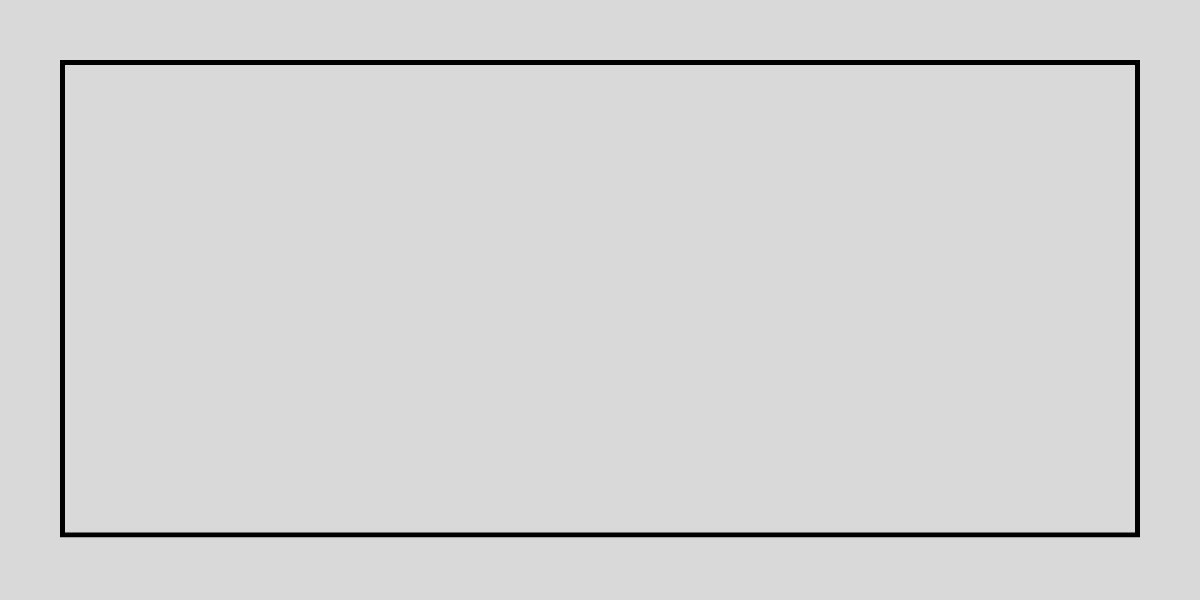
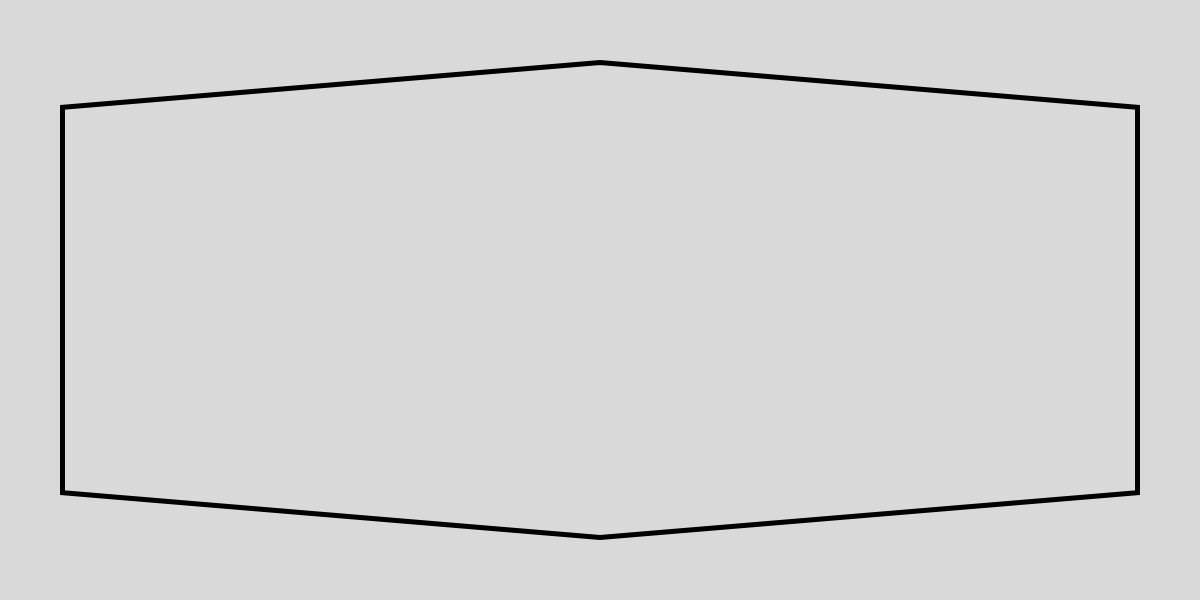

OptimizeU - Strategic Learning
Pursue greater production with comprehensive online courses in crushing, screening, conveying, and washing. Check out the premiere training resource in the construction aggregates industry.
Related Content
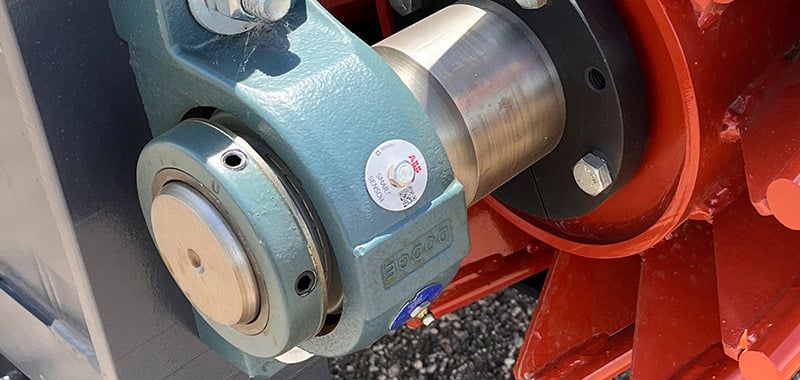
Conveyor Pulley Shafting: Proper Selection Matters
A conveyor pulley assembly is an integral structure that relies upon the pulley and shaft working and functioning together.
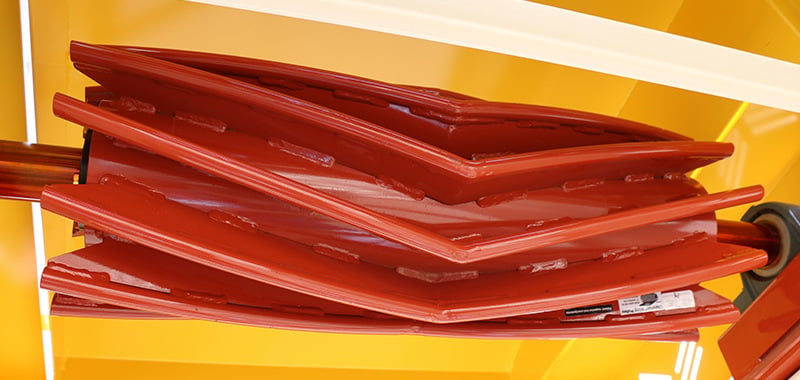
Modern Wing Pulleys: Extend Belt Life With V-Shaped Model
It is common for operations to stick with traditional conveyor components even though they are causing maintenance challenges.
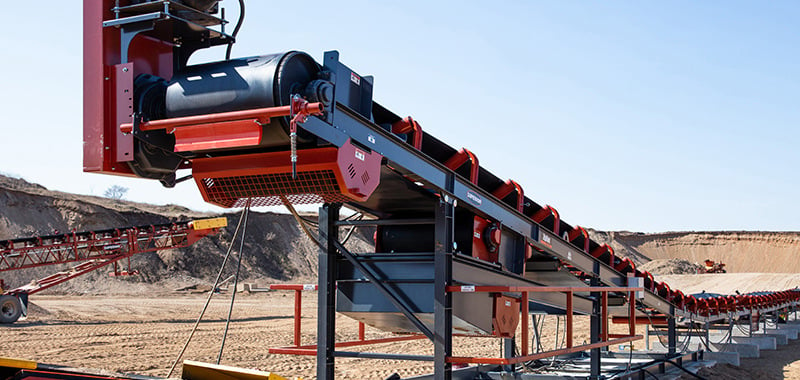
Conveyor Snub Pulleys: A Simple Solution to Belt Slippage
Mounted close to the drive pulley, the snubs primary job is to increase wrap angle around the drive pulley, thereby increasing traction.
Talk to an Expert
Need more information? We'll get you in contact with a product expert in your area.
